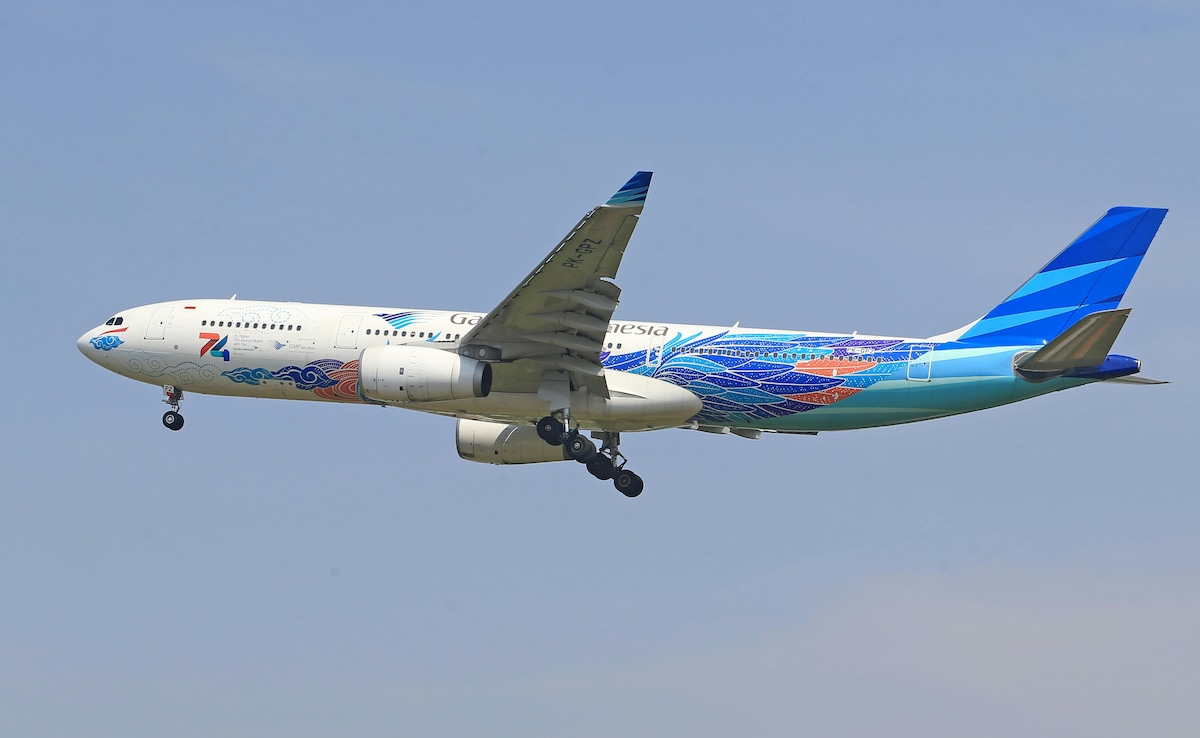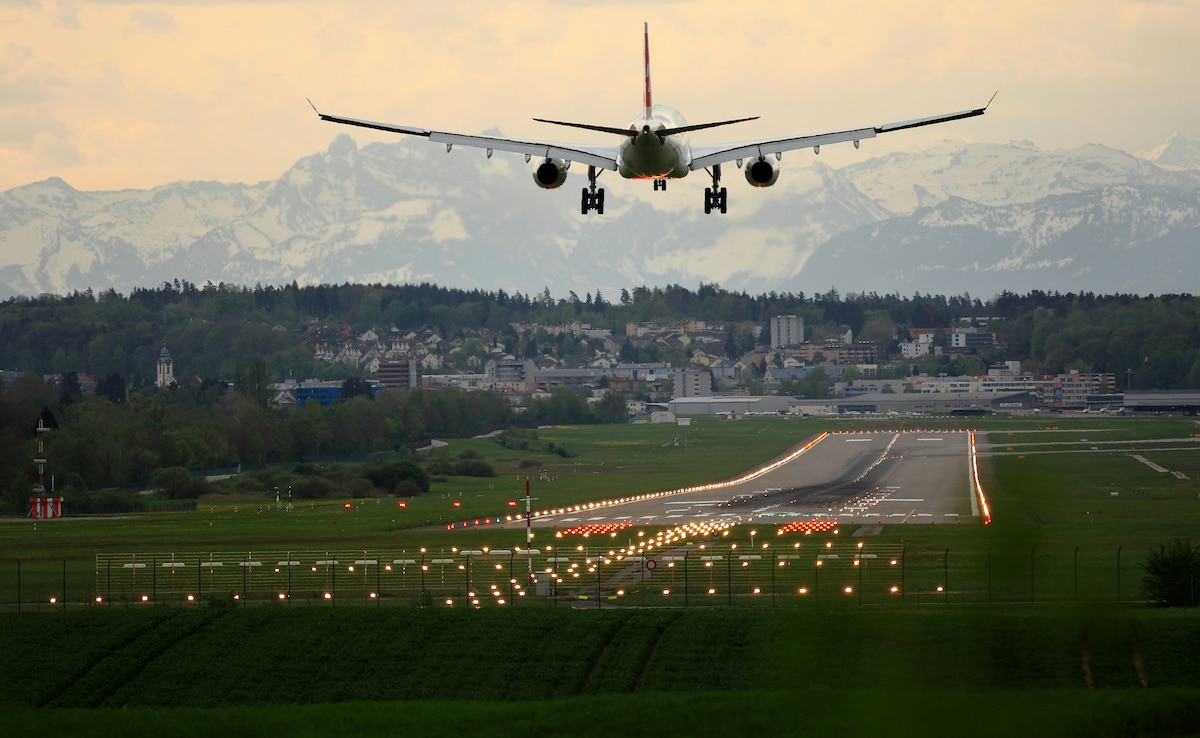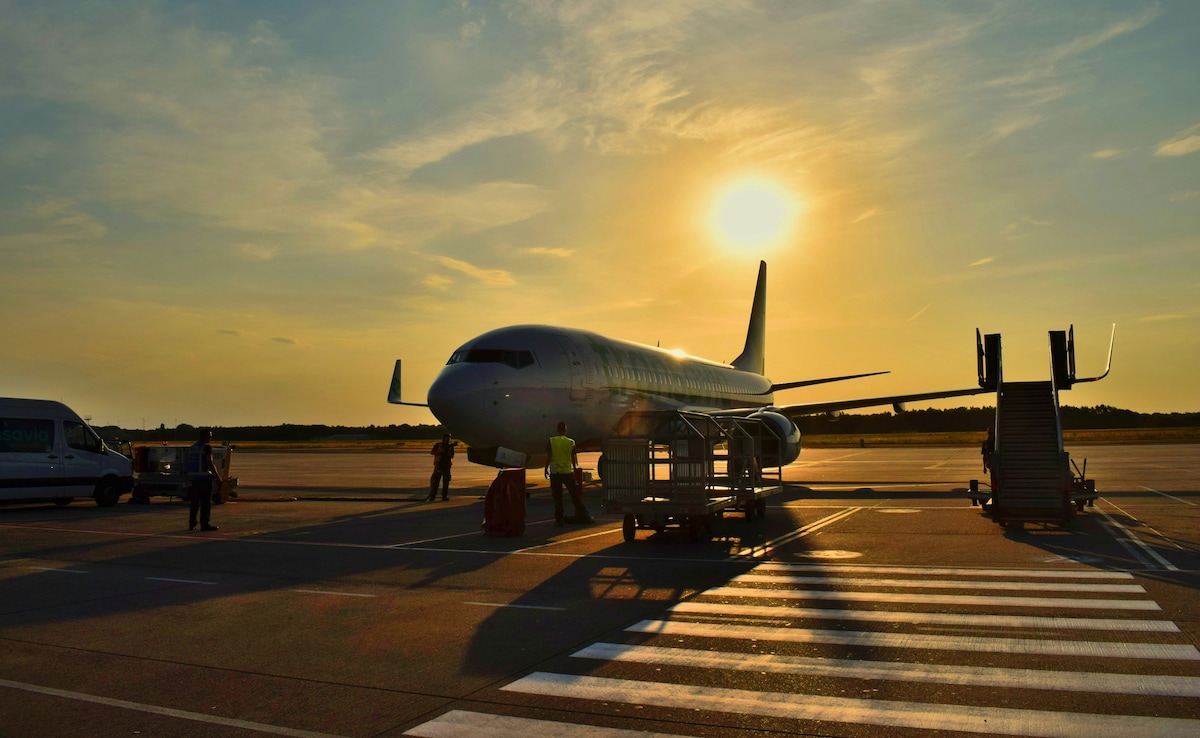
Airports are often seen as symbols of modern connectivity. They have large terminals, buzzing lounges, and runways that stretch into the horizon. For most travellers, they are the first step into a new city or country, But have you ever wondered why so many airports are located far from the cities they serve? It is a detail we rarely question, even as we plan extra travel time or book airport transfers. Yet, the reasons behind this are fascinating. So, if you are wondering about the same, here are some fascinating reasons why airports are not located within a city.
Also Read: Why Do Train Tracks Have Small Stones Around Them? 5 Fascinating Reasons
Here Are 5 Reasons Why Are Airports Located Far From Cities
1. Airports Require Vast Space For Runways And Facilities

Photo: Unsplash
Modern airports demand land for long runways, taxi-ways, terminals, aircraft maintenance hangers and parking zones. The kind of this infrastructure is rarely available within dense city cores. By situating the airport further out, planners secure enough flat space to design long runways (often over 3 km), ample safety buffers, and future expansion zones. This ensures the airport can handle large aircraft and increasing traffic without being disturbed by surrounding urban development.
2. Flights Make A Lot Of Noise

Photo: Pexels
Aircraft taking off or landing makes intense noise levels, air turbulence and require clear flight approach paths, free from tall buildings. Placing the airport away from residential zones allows for wide safety and noise buffer areas, protecting citizens from constant drone and engine roar. It also makes sure the air-corridor remains free of obstructions and vehicles.
3. Huge Land Costs

Photo: Unsplash
Land within the city is often expensive and restricted by other infrastructure. Making an airport on such land would lead to huge acquisition costs and ongoing operations expenses. By choosing sites outside the city, airport authorities benefit from more affordable land prices and fewer conflicts with existing construction. Lower land and redevelopment costs mean the airport can allocate budget to better passenger services rather than paying astronomical real-estate fees.
4. Allows Airports To Expand Further

Photo: Unsplash
Air travel continues to grow, requiring airports to expand, adding terminals, runways, cargo facilities and improved ground transport links. By placing airports on less-developed land away from city centres, there is room for these expansions without disrupting local communities or urban traffic. This space also gives designers flexibility in layout, access roads and connectivity. Operating on the edge of a city rather than inside it allows smooth growth with minimal impact on the surrounding urban fabric.
5. Environmental And Topographical Issues

Photo: Unsplash
When picking a location for an airport, planners look through the terrain, vegetation, prevailing weather conditions and approach-path obstacles. Coastal plains or flat lands away from dense development are preferred because they provide clearer flight paths and fewer obstructions. Airports placed far from cities also help lessen environmental impacts such as noise, air pollution and urban population density. By keeping airports on the suburban or rural areas, cities balance expansion with eco-safety and ensure future aviation growth aligns with the environment.
Also Read: Why Do Airports Make You Remove Your Laptop? The Real Reasons Behind Security Checks
Do Far-Off Airports Affect Passenger Convenience?

Photo: Unsplash
In a way, it does. Here's how far-off airports affect passenger convenience:
1. Longer Travel Time to the Airport: Airports located far from city centres often require 1–2 hours of road travel, which can be inconvenient for early morning or late-night flights. For example, Kempegowda International Airport in Bengaluru is around 40 km from the city centre.
2. Higher Transport Costs: Taxis, airport shuttles, or private transfers can add to the overall cost of travel. In cities like Delhi or Hyderabad, cab fares to the airport can be significant, especially during peak hours.
3. Limited Public Transport Options: Not all cities have seamless metro or bus connectivity to far-off airports. While Delhi has the Airport Express Line, cities like Kochi or Jaipur may rely more on road transport.
4. Time Buffer for Delays: Travellers need to factor in traffic congestion, especially in metro cities. Missing a flight due to road delays is a common concern when airports are located far away.
5. Better Facilities vs Distance Trade-Off: While remote airports often offer better infrastructure and less congestion, the trade-off is the extra time and planning needed to reach them.
Are There Any Airports Located Inside Cities?

Photo: Unsplash
Yes, here are some cities that don't have their respective airports too far away from the mainlands.
1. Mumbai's Chhatrapati Shivaji Maharaj International Airport (BOM): Located in Andheri, this airport is well within city limits and easily accessible via metro, local trains, and road.
2. Pune Airport (PNQ): Situated in Lohegaon, it's relatively close to the city centre, making it convenient for passengers.
3. Chandigarh Airport (IXC): Located near the city, it offers quick access for residents and business travellers.
4. London City Airport (LCY): Internationally, this airport is a prime example of an urban airport, located just 11 km from central London.
5. Haneda Airport (HND), Tokyo, Japan: Located within Tokyo city, offering fast access via monorail and metro.
6. Geneva Airport (GVA), Switzerland: Right on the edge of Geneva, with direct train and tram links to the city.
7. Lisbon Portela Airport (LIS), Portugal: Located within Lisbon, just 7 km from the city centre.
8. Reagan National Airport (DCA), Washington D.C., USA: Situated close to downtown, with metro access directly from the terminal.
So, now you know why airports are located so far off from cities! Share these interesting reasons with your friends and family.
Track Latest News Live on NDTV.com and get news updates from India and around the world

